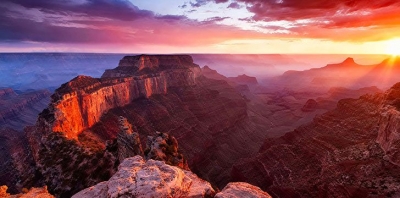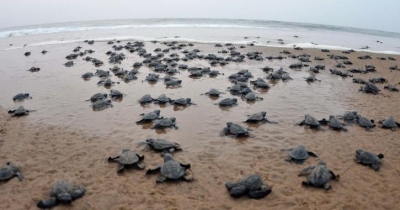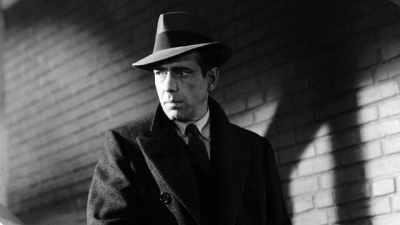Why is the 8th president of the U.S. often called as ‘Little Magician’ by the people?

Martin Van Buren, the eighth president of America was called Little Magician by the people. He certainly did not make a rabbit vanish, but he was a friendly, cheerful person who knew how to work with people and how to get things done.
As a young lawyer, Martin showed an active interest in politics and law. By 1827, Martin Van Buren had emerged as a principal northern leader. President Andrew Jackson appointed him as the Secretary of State.
Van Buren was chosen for the position of vice president during Jackson’s second term. He was elected as president in 1836 with Jackson’s support.
Shortly after Martin Van Buren was sworn in as president, the country was in the midst of turmoil. It was 1837; the banks all over the country started failing. Many people lost their jobs. For about five years, the United States was affected by the worst depression so far in its history.
People started blaming Van Buren for the bad times. Though he tried his best to get the country back on its feet, he failed. He finally left office in 1841 after many attempts to save the country.
Picture Credit : Google













